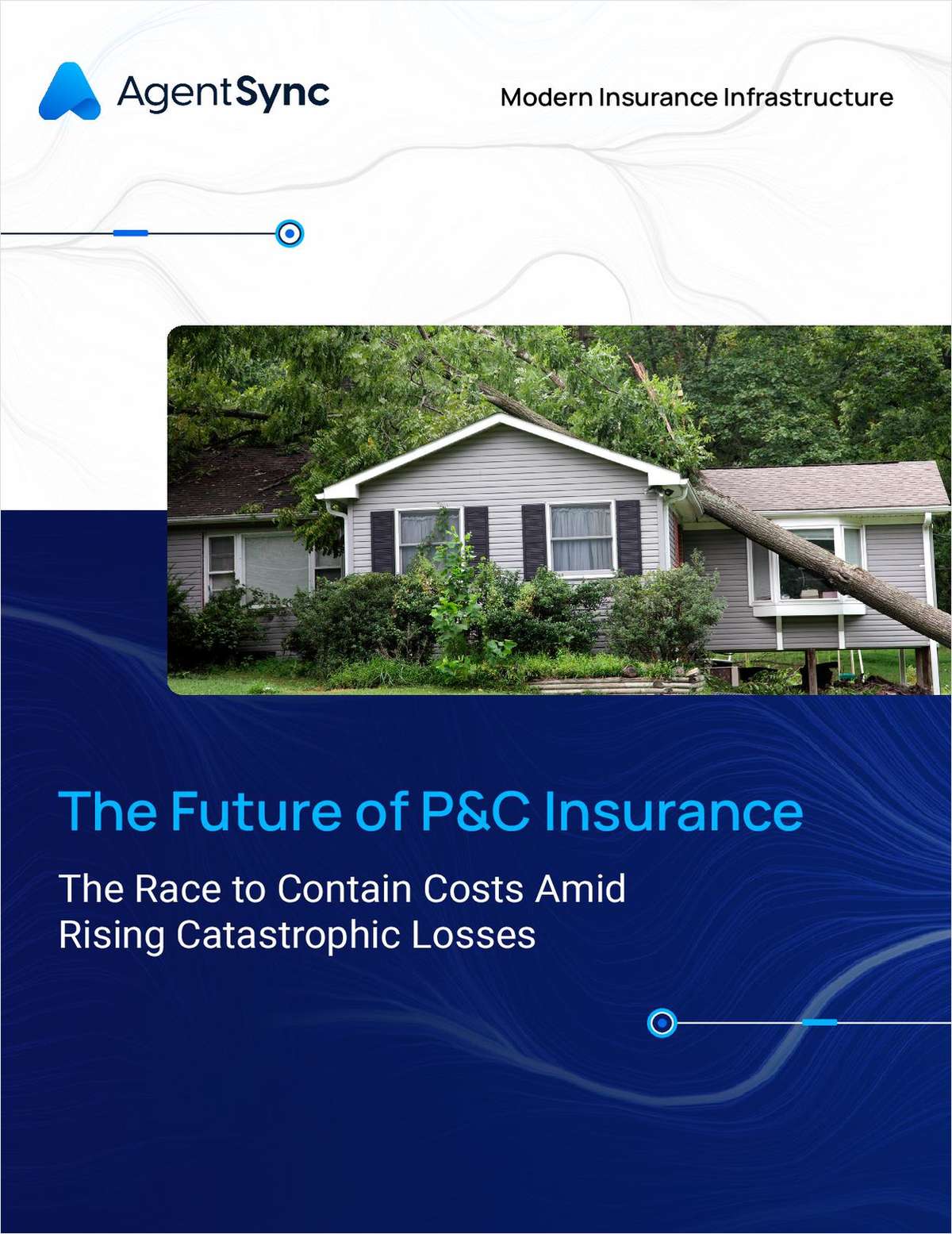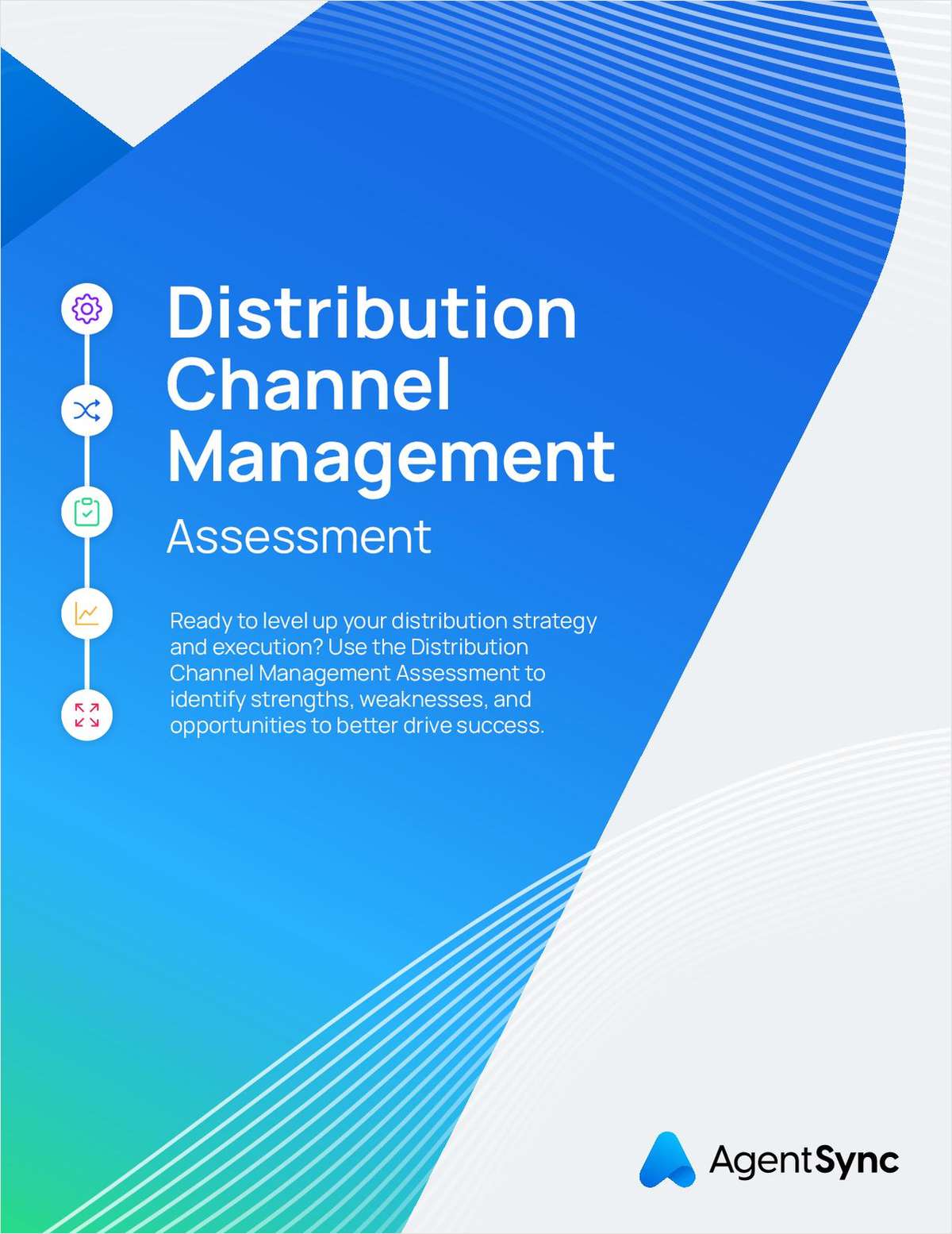Anand Rao, principal with PricewaterhouseCoopers' Diamond Advisory Services, lists four key technology developments that insurers must fully understand—and aggressively take advantage of—to remain competitive in the years ahead:
• Mobile: Allowing clients to send and receive critical data via smart phones and tablets.
• Telematics: Utilizing electronic measurement devices to better gauge risks.
• Social Media: Managing the message and the brand in a world of instant communication.
• Real-Time Processing: Providing quotes automatically across a wide spectrum of accounts.
 1: GOING MOBILE
1: GOING MOBILE
Mobility promises much smoother, faster and more regular interaction between carrier and customer—which could lead to better, deeper relationships.
The promise of mobile goes beyond just providing policy and insurance information to the consumer quickly. It can be expanded to an almost infinite array of other services that can help insurers stand apart from the competition—like, for just one example among many, a cell-phone app for auto clients providing information on where the nearest tow station is.
Mobile could also soon bring the day when a customer can file a claim on the spot: At the scene of a (non-life threatening) auto accident, the insured could send a form and photo of the crash to the carrier.
Rao says such an app would provide better claims service—and could also eliminate the padding of the bill for repairs of damage that didn't happen.
Mobile usage in the world of commercial accounts could include claims representatives submitting all data direct from the field.
“This can change the way traditional insurers operate,” Rao says.
 2: MEASURING UP
2: MEASURING UP
As the technology embedded in autos becomes ever more advanced—and commonplace—insurers should benefit from reduced claims thanks to devices used to warn drivers when they're falling asleep or tracking systems that can help recover stolen vehicles.
Perhaps of even more benefit to insurers: telematics systems that record a car's history and give the information needed to determine who was at fault after an accident.
What will drive widespread adoption of this type of technology? One sure-fire incentive is offering discounts to drivers who use them—with substantial savings for commercial fleets that install them universally.
In addition to giving generic rate breaks to those possessing the device, insurers could use telematics data to refine pricing at a much more granular level—such as charging by miles driven or by the time and day when a car is driven, with discounts for off-peak drivers.
 3: NETWORK NEWS
3: NETWORK NEWS
Social media is already having an enormous impact on the insurance industry—as it is on the entire business world as a whole.
A claims or customer-service complaint from one person can rapidly spread and impact the buying decisions of tens, hundreds or even thousands of people—which obviously has serious ramifications for both carriers and producers.
“The challenge is to mitigate the negative experience and minimize the damage,” says Rao. “If you mess up once it is okay, but repeated mistakes can have far more significant impact on customers and their experience.”
 4: E-UNDERWRITERS
4: E-UNDERWRITERS
Can technology replace human underwriters and claims representatives, performing all the functions that they currently do to handle a policy?
Maybe for certain lines, such as auto, Rao says, but automation can only go so far.
“The industry is not replacing the underwriter,” he says. “There are limits to how much technology can do.”
But all insurers will want to—and must—use technology for all types of lines to “speed the writing of policies,” says Rao.
Want to continue reading?
Become a Free PropertyCasualty360 Digital Reader
Your access to unlimited PropertyCasualty360 content isn’t changing.
Once you are an ALM digital member, you’ll receive:
- Breaking insurance news and analysis, on-site and via our newsletters and custom alerts
- Weekly Insurance Speak podcast featuring exclusive interviews with industry leaders
- Educational webcasts, white papers, and ebooks from industry thought leaders
- Critical converage of the employee benefits and financial advisory markets on our other ALM sites, BenefitsPRO and ThinkAdvisor
Already have an account? Sign In Now
© 2025 ALM Global, LLC, All Rights Reserved. Request academic re-use from www.copyright.com. All other uses, submit a request to [email protected]. For more information visit Asset & Logo Licensing.








